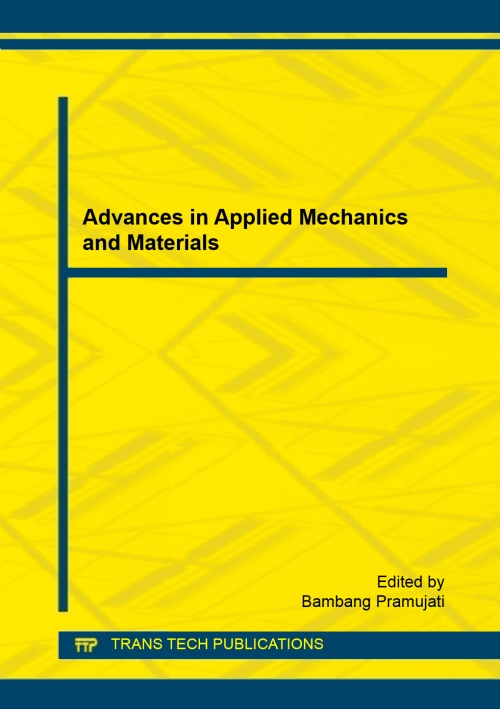
Physiological concept: Visible modeling for feasible design
2014 • C.P.M. Sianipar, G. Yudoko and K. Dowaki
Abstract. Conceptual design plays an important role in design process as an initiation to interpret an abstract idea into a design concept. However, conceptual modeling in previous engineering designs provided premature detailed modeling. Previous methodologies delivered almost pure quantitative techniques to do the modeling, which have made it difficult to do agile design process for specific-purposed products. Such kind of products require a unique approach for each situation. This paper proposes physiological concept modeling to overcome such phenomenon by combining process and functional modeling with qualitative interpretation. Physiological modeling incorporates derivation to transform idea into a design concept with almost no quantitative postulates. A case study on competition-based electric car is also provided to exhibit the overview of application. The study concludes that there are seven required steps to do physiological modeling. The derivation can bring a flexibility for dynamic or continuous system by introducing cyclical & dynamic relationships between processes, including interventions from outside environment and function of residue to accommodate imposed residues. By looking at previous techniques, this study brings a new light to produce a design concept which is feasible and can be visibly modeled even by novice designers.
DOI: 10.4028/www.scientific.net/AMM.493.432
Citation Styles
MLA Style Manual (Modern Language Association)
- Sianipar, Corinthias PM, Gatot Yudoko, and Kiyoshi Dowaki. “Physiological concept: Visible modeling for feasible design.” Applied Mechanics and Materials 439 (2014): 432-437.
APA Citation Format
- Sianipar, C. P., Yudoko, G., & Dowaki, K. (2014). Physiological concept: Visible modeling for feasible design. Applied Mechanics and Materials, 439, 432-437.
CMOS (Chicago Manual of Style)
- Sianipar, Corinthias PM, Gatot Yudoko, and Kiyoshi Dowaki. “Physiological concept: Visible modeling for feasible design.” Applied Mechanics and Materials 439 (2014): 432-437.


